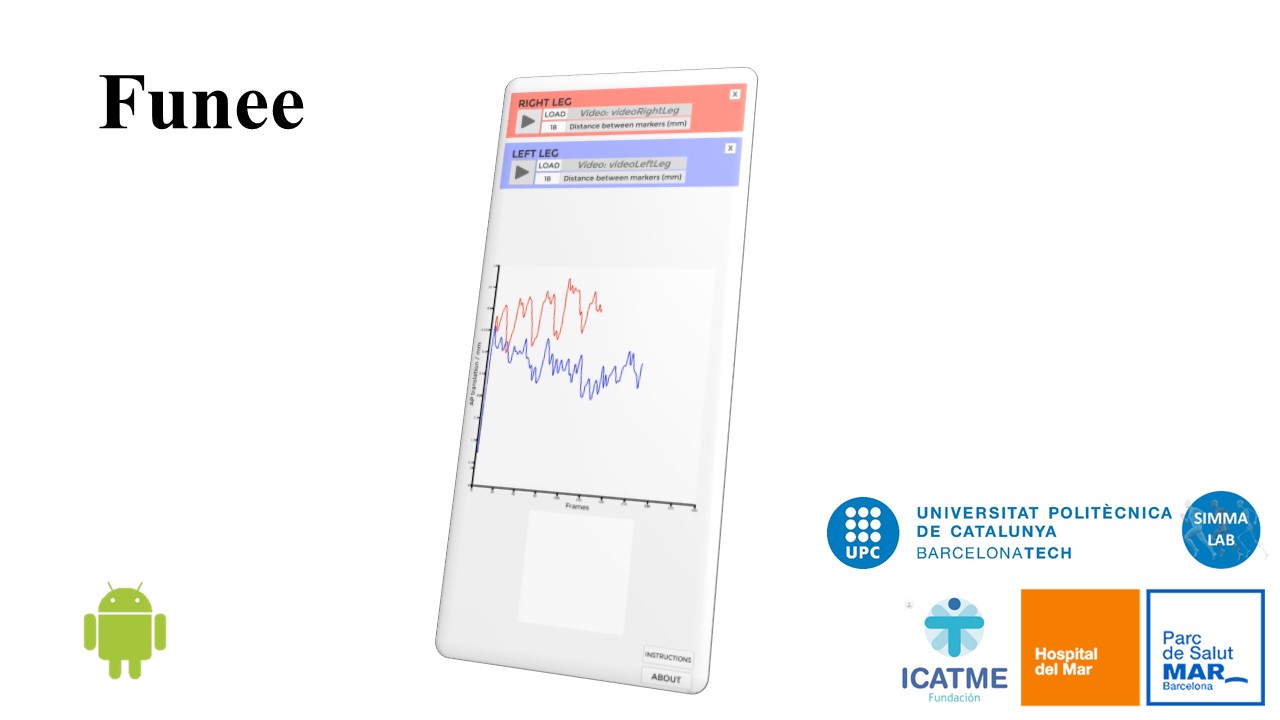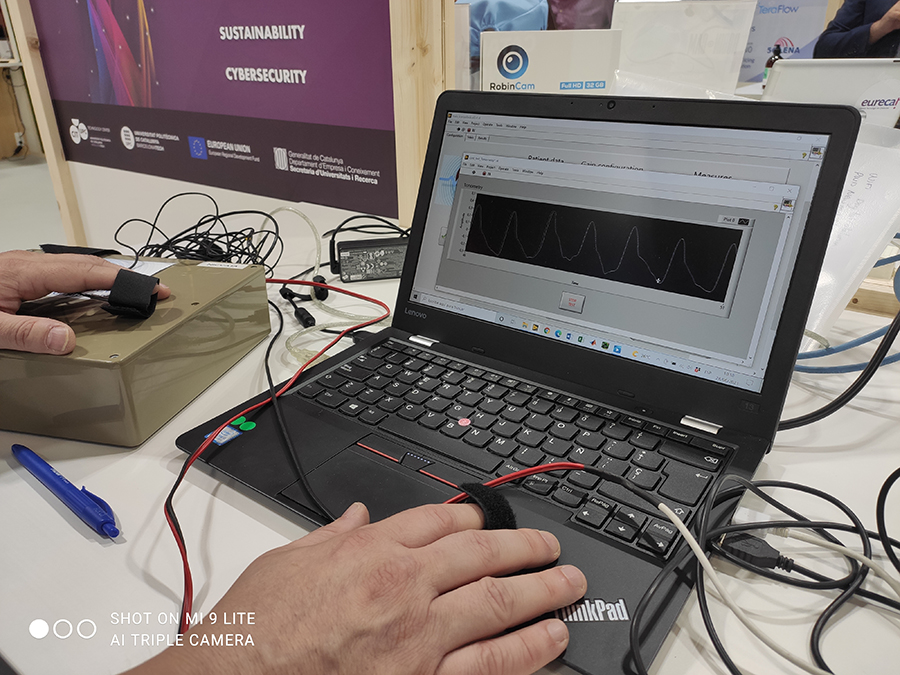
An application to assist the diagnosis of injuries to the anterior cruciate ligament of the knee
February 16, 2022
CoCoUnit: Processors of the future for cognitive computing
February 25, 2022Researchers from the Instrumentation, Sensors and Interfaces (ISI) research group are specialised in the development of electronic instrumentation to characterise a person's cardiovascular system in just a few seconds. The reason for this is clear: cardiovascular diseases cause around three out of every ten deaths in the world, which represents over 17 million deaths annually, according to statistics published by the World Health Organization. Many of these deaths can be avoided through early diagnosis. However, cardiovascular diagnosis equipment tends to be complex to use and its cost is prohibitive for most of the population.

ISI has developed new systems that are easy to use, low cost, and can be utilised outside of the hospital environment and easily integrated into everyday objects. This is a very attractive opportunity. The initial stages were completed in a research project in collaboration with the company Taurus. They involved the incorporation of these measurement systems into scales that can measure body composition in addition to weight and enable daily monitoring of a person's cardiovascular system in just a few seconds.
To achieve this characterisation, an electrocardiogram (ECG) and arterial pulse wave is obtained from different locations by measuring the impedance plethysmography (IPG) signal and the force of the heart on each beat (ballistocardiogram). The electrocardiogram and pulse waves are obtained through four conductive contacts on hands and/or feet. The ballistocardiogram is obtained using the same sensors that measure the person's weight. The person only has to stand on the scales and hold the handlebar with their hands. In just a few seconds the measurements are obtained. This provides information on the pre-expulsion period (PEP), which is a good indicator of myocardial contractility, and the pulse wave transit time (PTT), which is a good indicador of arterial elasticity. In addition to the electrocardiographic signal and the IPG signal, respiratory information about the user can be obtained. The results of each parameter can be transmitted from the scales to any computer, tablet, mobile or other device with wireless technology.
This technology, which is patented in Europe, the United States, China, South Korea, Japan and Imdia, could easily be implemented in hand-held devices and in existing commercial systems, such as ECG monitors and oximeter pulse measurement systems.
Topic
You want to know more?
Related Projects
- A team from the Bioinspired Oral Biomaterials and Interfaces (BOBI) research group at the Department of Materials Science and Engineering (CEM) of the Universitat Politècnica de Catalunya - BarcelonaTech (UPC) is taking part in the European project HYDROHEAL, which explores how to transform bone fracture treatment using smart and advanced biomaterials, aiming to reduce the risk of infection and implant rejection, as well as shortening fracture recovery times.
- Neurodegenerative diseases, such as Parkinson's disease, Alzheimer's, and age-related disorders, have been widely studied due to their significant impact on individuals and society. So far, these are incurable and debilitating diseases that lead to progressive degeneration and death of nerve cells, resulting in cognitive and mobility impairments. Tremors, mainly at rest, slowness of movement (bradykinesia), limb rigidity, and issues with gait and balance are typical motor disorders related to Parkinson’s disease. Additionally, due to progressive muscle atrophy, these issues can lead to falls, which in turn result in further complications and risks to quality of life.
- The Biomaterials, Biomechanics, and Tissue Engineering (BBT) Research Group at the Institute for Health Research and Innovation (IRIS) of the Universitat Politècnica de Catalunya – BarcelonaTech (UPC) is leading DYNAMIC, a project aimed at creating multifunctional, stimuli-responsive biomaterials that not only promote bone regeneration but also intelligently and effectively combat bacterial infections.
- 30/09/2024Project Headerrightno-repeat;left top;;auto20px A team from the Centre for Research in Biomedical Engineering (CREB) of the UPC and Sant Joan de Déu has created a new […]




